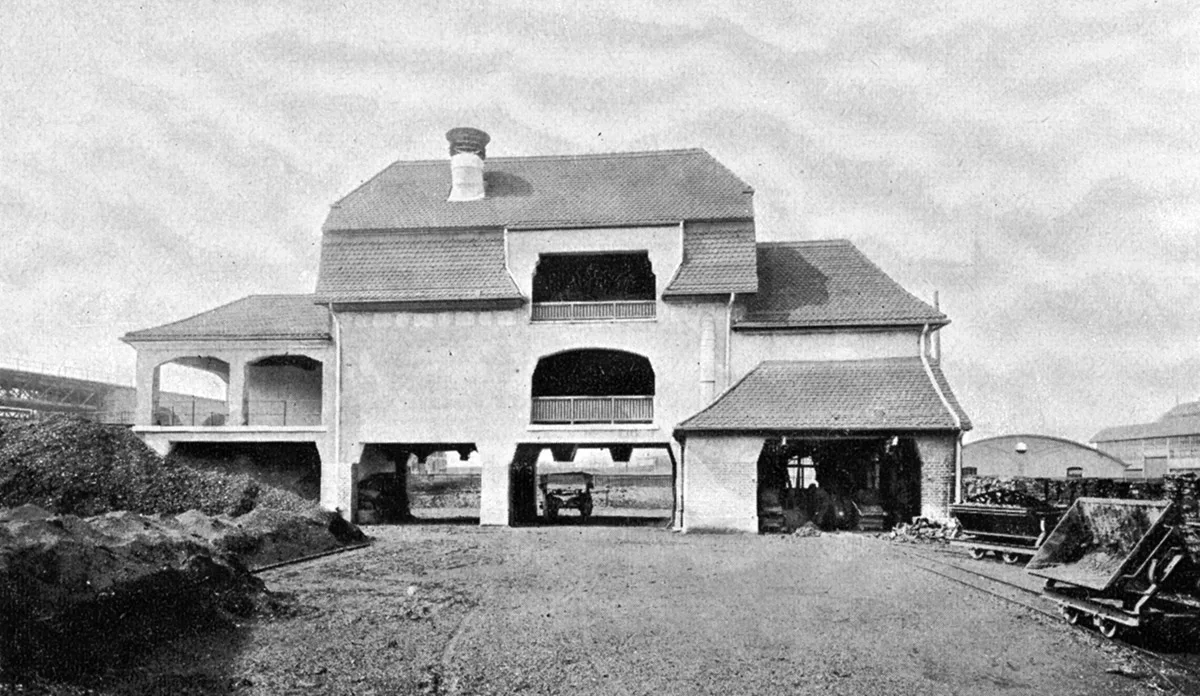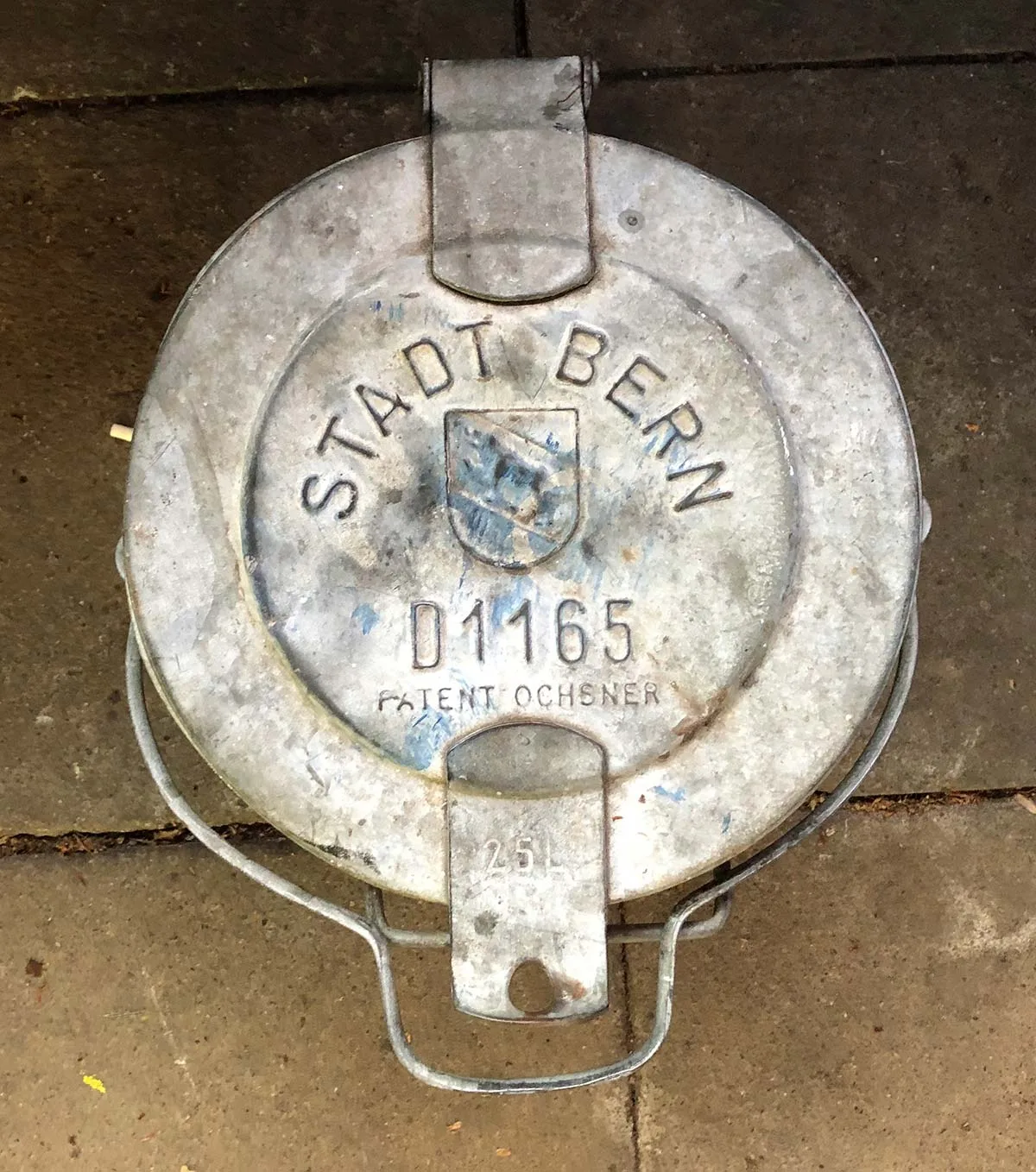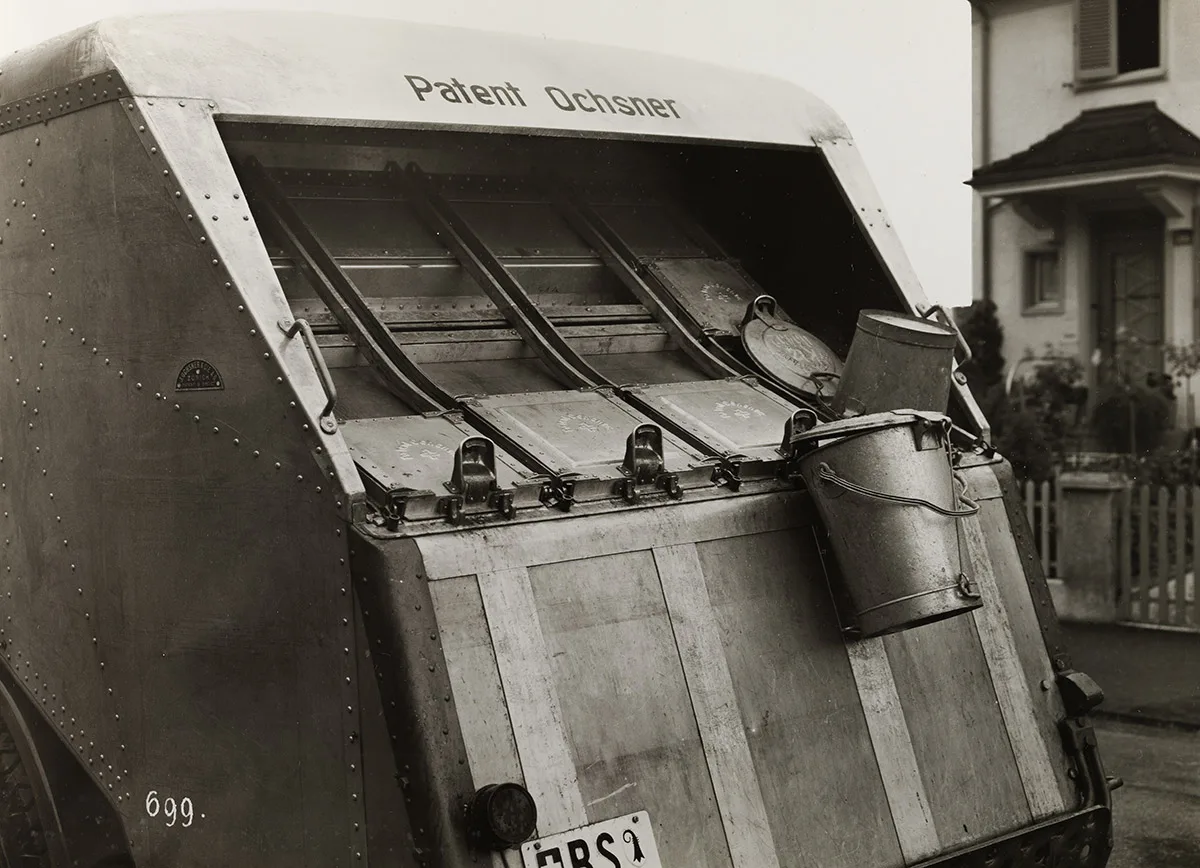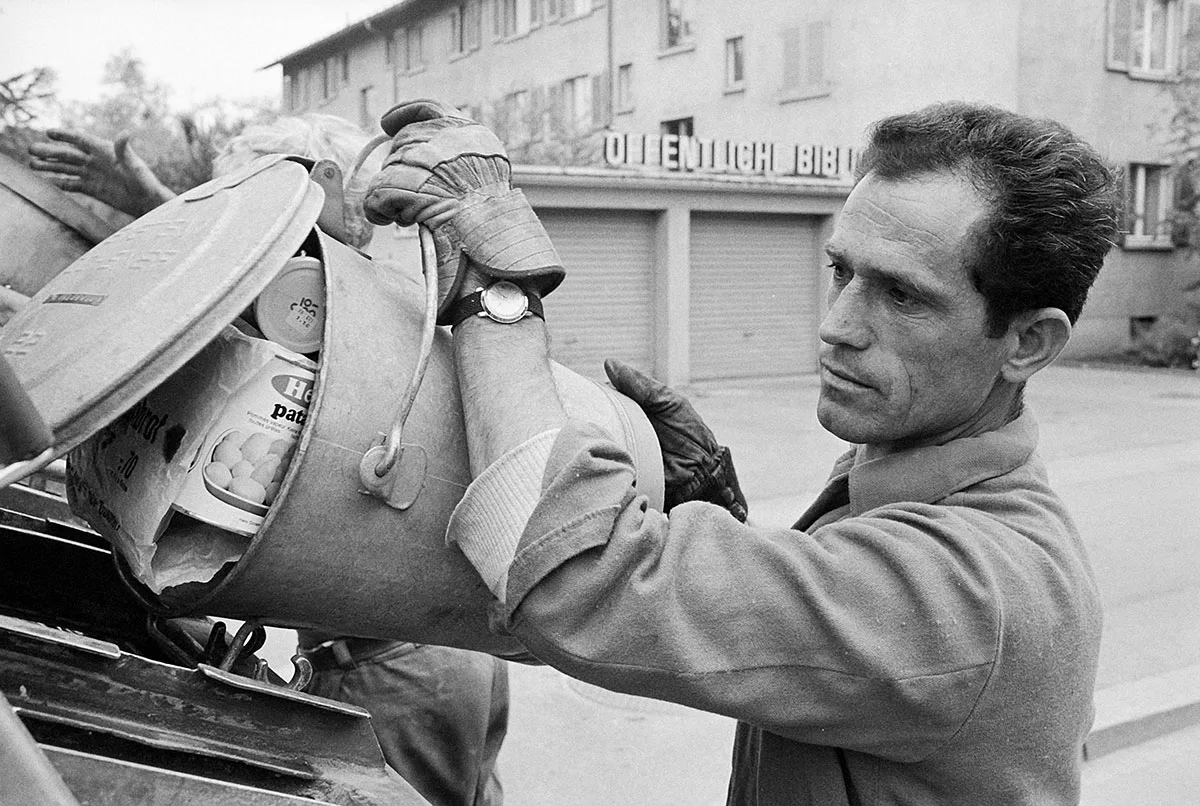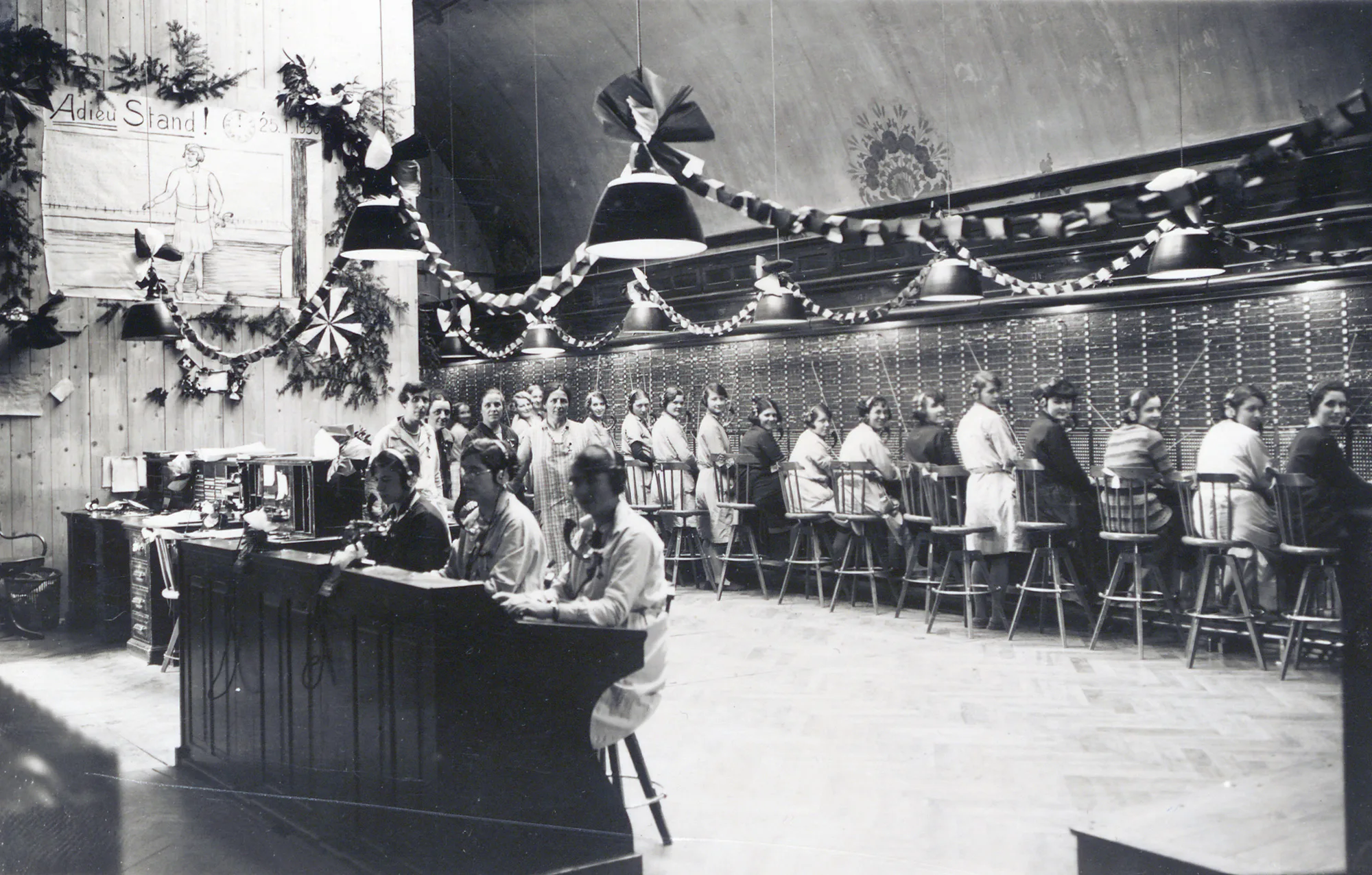
Putting the bins out – the Ochsner way
For generations, the clanking sound of bins being emptied was an everyday morning sound in Switzerland. The noise came from the hot-dip galvanised steel rubbish bins designed by resourceful Zurich entrepreneur Jakob Ochsner.

